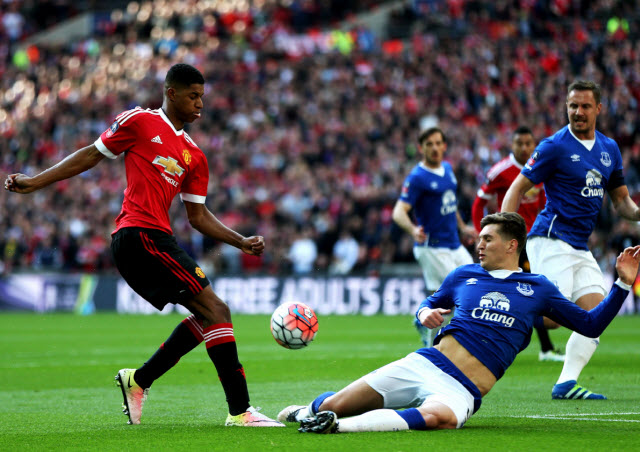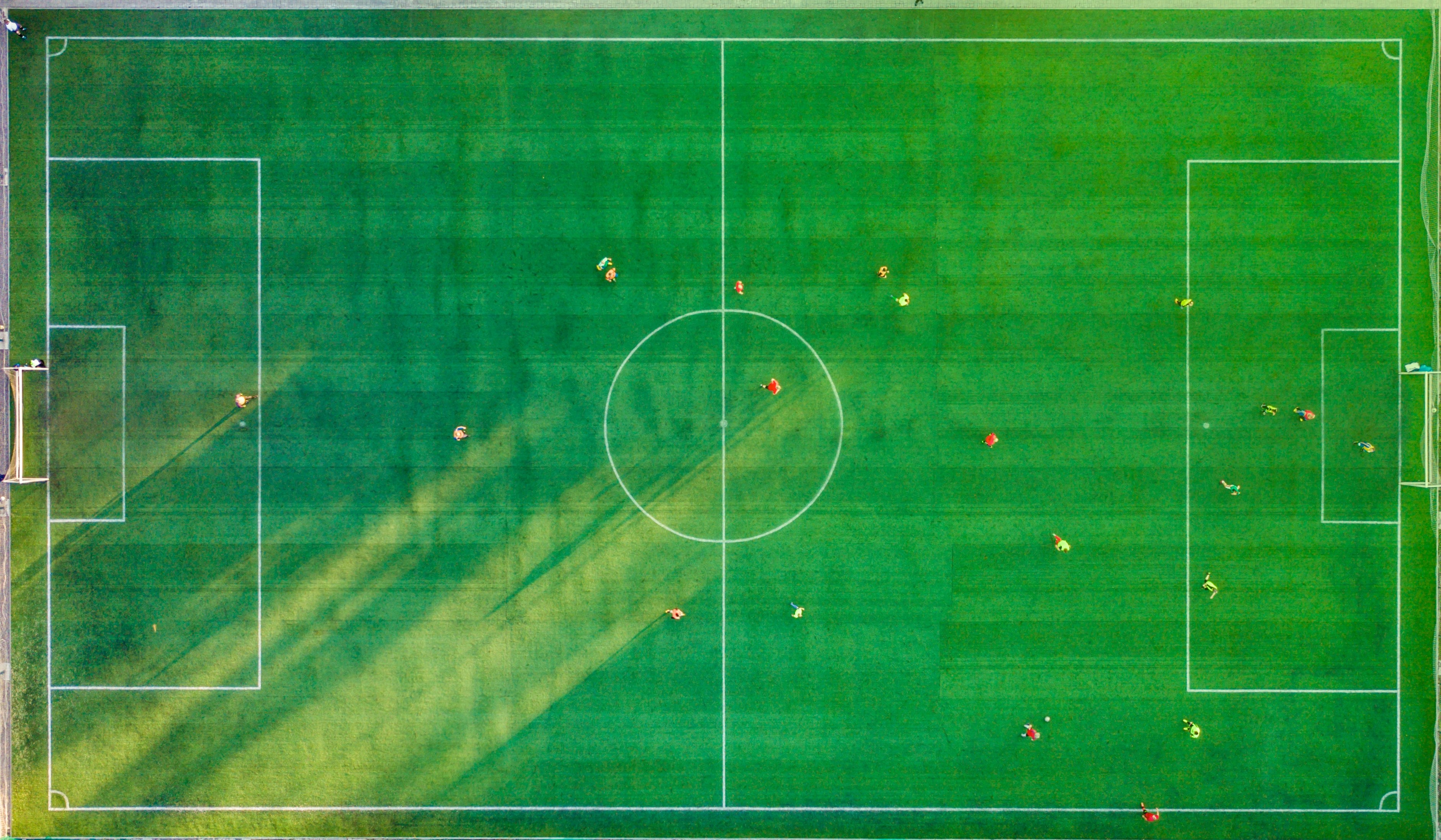Football is one of the most popular sports in the world, with millions of followers and practitioners throughout the planet. The game implies many different phases and elements, including the defensive phase, the offensive phase, the transition phase and the possession phase. During the defensive phase, the team tries to prevent the opposing team from scoring a goal, while during the offensive phase, the team tries to score a goal. During the transition phase, both teams must react rapidly to adapt to the new situation, and during the possession phase, the ball in possession of the ball tries to create opportunities to mark. The transition is a key moment in the football game, since it can be a time when many opportunities are created for both teams. If a team can maintain the possession of the ball for long periods of time, you can tire the opposing team and control the game.





